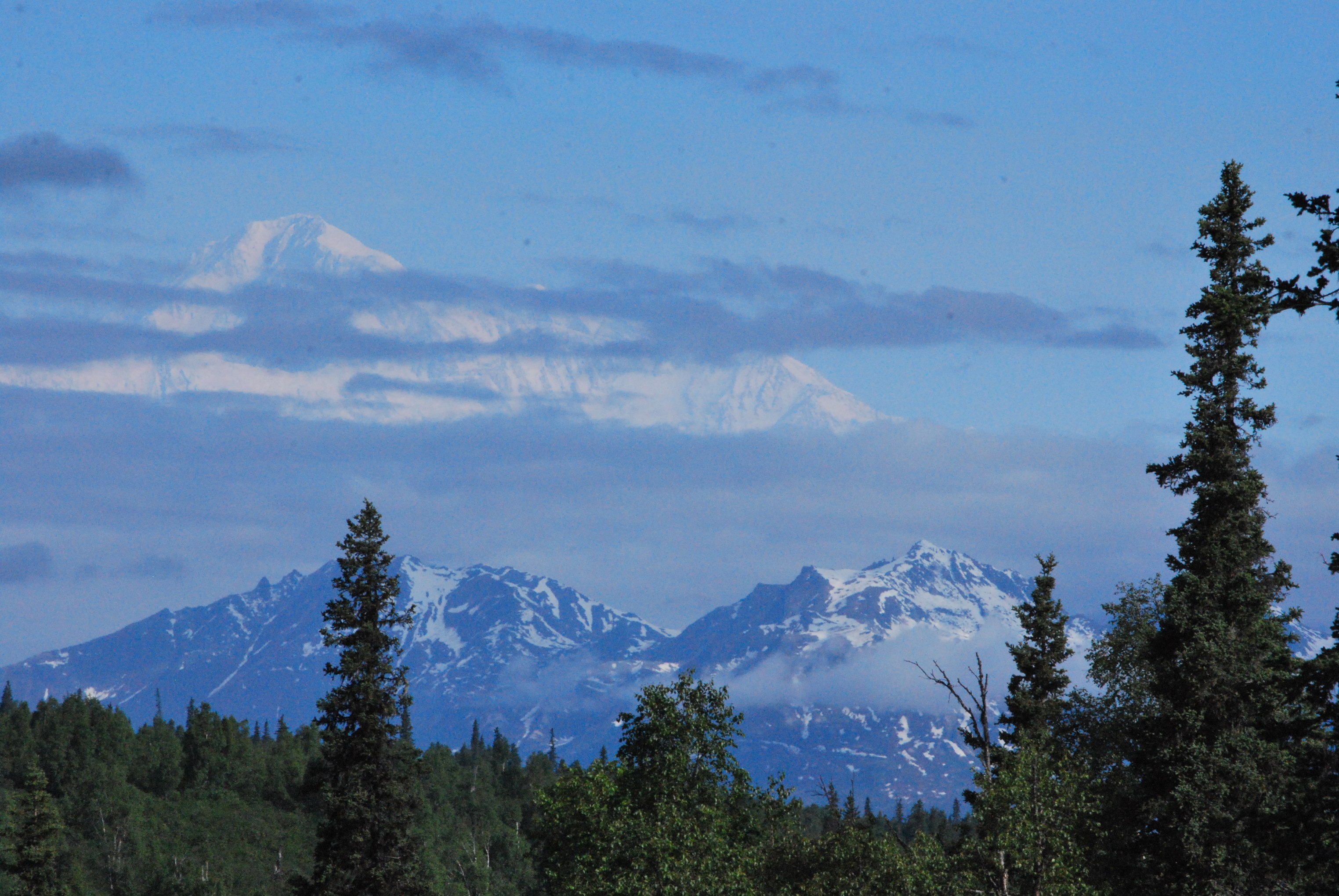
With the advent of the twentieth century, the number of African Americans in California increased dramatically. California’s major metropolitan areas — San Francisco, Oakland, Los Angeles and San Diego – collectively absorbed nearly 70% of the increase in the region’s African American population. Fueled by their hope for a better day and a better way, these were a people in pursuit of the age-old twin desires for opportunity and freedom. One can’t help but believe that the same aspirations were imbued in generations to follow.
Despite the persistence of old patterns of prejudice, African Americans made substantial advances in politics, business, sports and entertainment. In their pursuit of racial justice, they helped launch a much larger expansion of rights for all Westerners by contributing to the onset of the Civil Rights Movement of the 1960s. And in their pursuit of economic opportunity, they became a crucial element in the dramatic rise of the national standard for all Americans (Taylor, 1998).
California and Japanese Americans
The Library of Congress (per the State of California website) states the earliest Californians were adventurous Asians who made their way across the Bering Straits to Alaska thousands of years ago when a warmer climate and an erstwhile land bridge allowed such travel. These men and women and their descendants settled in North and South America, and spread out to form the various nations and tribes whom the first European visitors to this hemisphere dubbed “Indians.” Thus, it is speculated that the indigenous people of California were of Asian lineage. This illuminates the dichotomy of the Asian experience in California, though not unlike the plight of many indigenous peoples through the annals of history.
As with African Americans and other people of color during the 19th century and beyond, Japanese Americans were often segregated and proscribed admittance to restaurants, theaters and other establishments throughout the state. Growing up, many Japanese American children faced persistent and pervasive discrimination. Even with exceptional grades, leading to college or professional degrees, they were often denied access to certain professions, unions and apprenticeship systems due to the legally permitted discrimination of the times.






